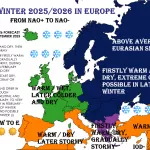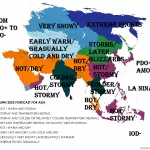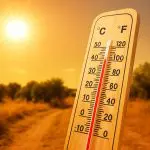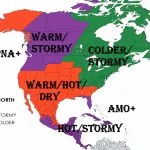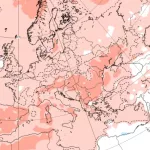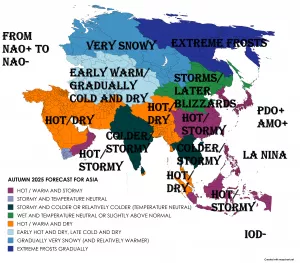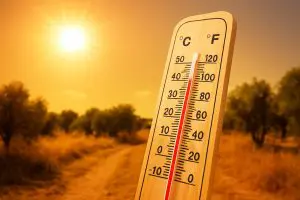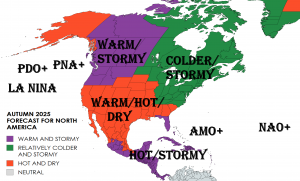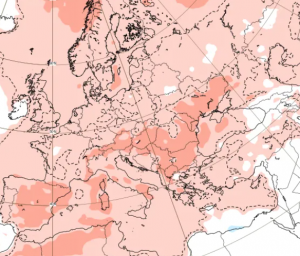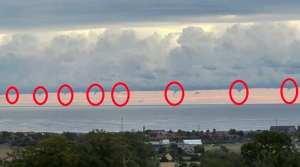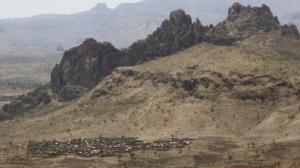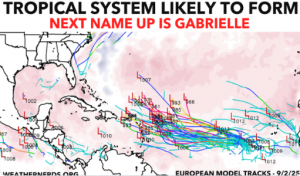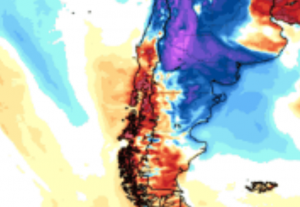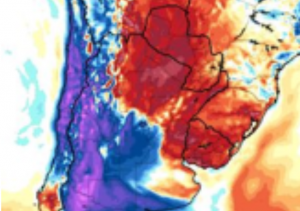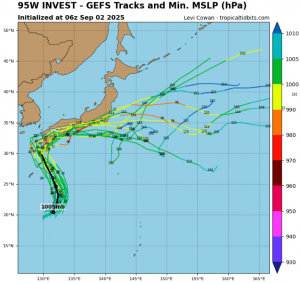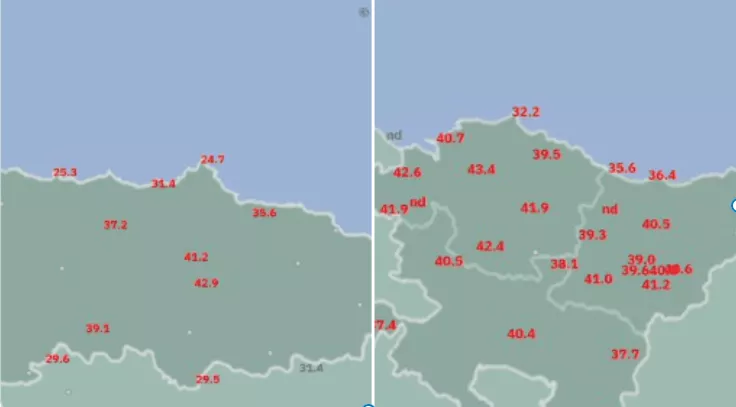
Northern Spain experienced a historic heatwave on August 2025, shattering temperature records across Cantabria, Asturias, and the Basque Country. The intensity of the heat has been described as unprecedented, with all-time provincial records being tied or broken by wide margins.
Cantabria
The maximum temperature in Cantabria was 43.5°C at Terán de Cabuérniga, tying the Cantabrian all-time high. Other notable readings include:
- Cillorigo de Liébana: 43.3°C
- San Felices de Buelna: 42.4°C
- Ramales de la Victoria: 42.2°C
These readings represent the hottest day in history for Cantabria, surpassing previous regional records by several degrees.
Asturias
Asturias also saw record-breaking temperatures, with Mieres reaching 42.9°C, establishing a new all-time high for the province. Other locations recorded extreme heat as well:
- Oviedo: 41.2°C
The heatwave represents the most intense August event in the historical record for Asturias, pulverizing previous maxima.
Basque Country
The heat extended into the Basque Country, where Bilbao reached 43.4°C, underscoring the extraordinary scope of this northern Iberian heatwave.
Meteorological Overview
The exceptional temperatures were driven by a combination of:
- Strong high-pressure system over the Iberian Peninsula, producing persistent clear skies and intense solar radiation.
- Hot air advection from North Africa, bringing extreme warmth into northern Spain, an area usually moderated by the Atlantic influence.
- Stagnant conditions, which prevented mixing and allowed temperatures to soar in valleys and low-lying areas.
This heatwave affected both coastal and inland locations, with lowland valleys such as Terán de Cabuérniga and Mieres recording the highest values. Even urban centers like Bilbao experienced record-breaking temperatures, a rare event for northern Spain, which usually has a temperate climate influenced by the Atlantic Ocean.
Impacts
The historic heat has impacted public health, infrastructure, and agriculture:
- Health: Hospitals reported increased cases of heat exhaustion, dehydration, and heatstroke.
- Infrastructure: Asphalt softened, roads and railways faced thermal stress, and electricity demand surged due to widespread air conditioning.
- Agriculture: Crops, particularly in Cantabrian valleys and Asturian lowlands, suffered from thermal stress and drought conditions, threatening yields.
Significance
This heatwave represents a rare meteorological event for northern Spain, which traditionally experiences mild summers with Atlantic moderation. Temperatures exceeding 42–43°C are virtually unprecedented, highlighting the intensity and geographic reach of the 2025 Iberian heatwave.
Outlook
Meteorologists expect temperatures to gradually decline, but warnings remain in effect due to residual heat and continued high solar radiation. The 2025 Northern Spain heatwave now holds a place in climatological history, with Cantabria, Asturias, and the Basque Country experiencing their hottest day ever.

Source: AEMET, extremetemps X

